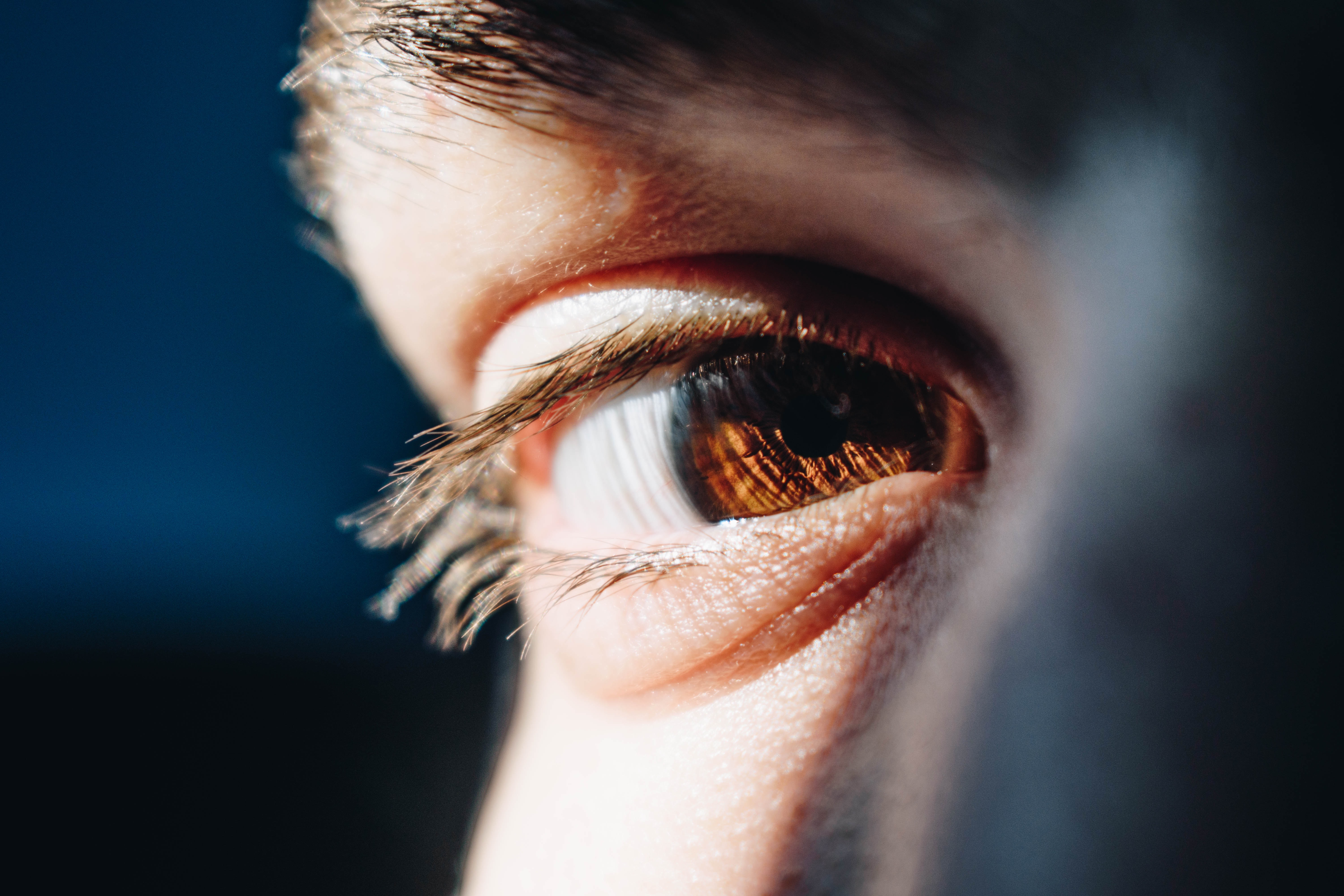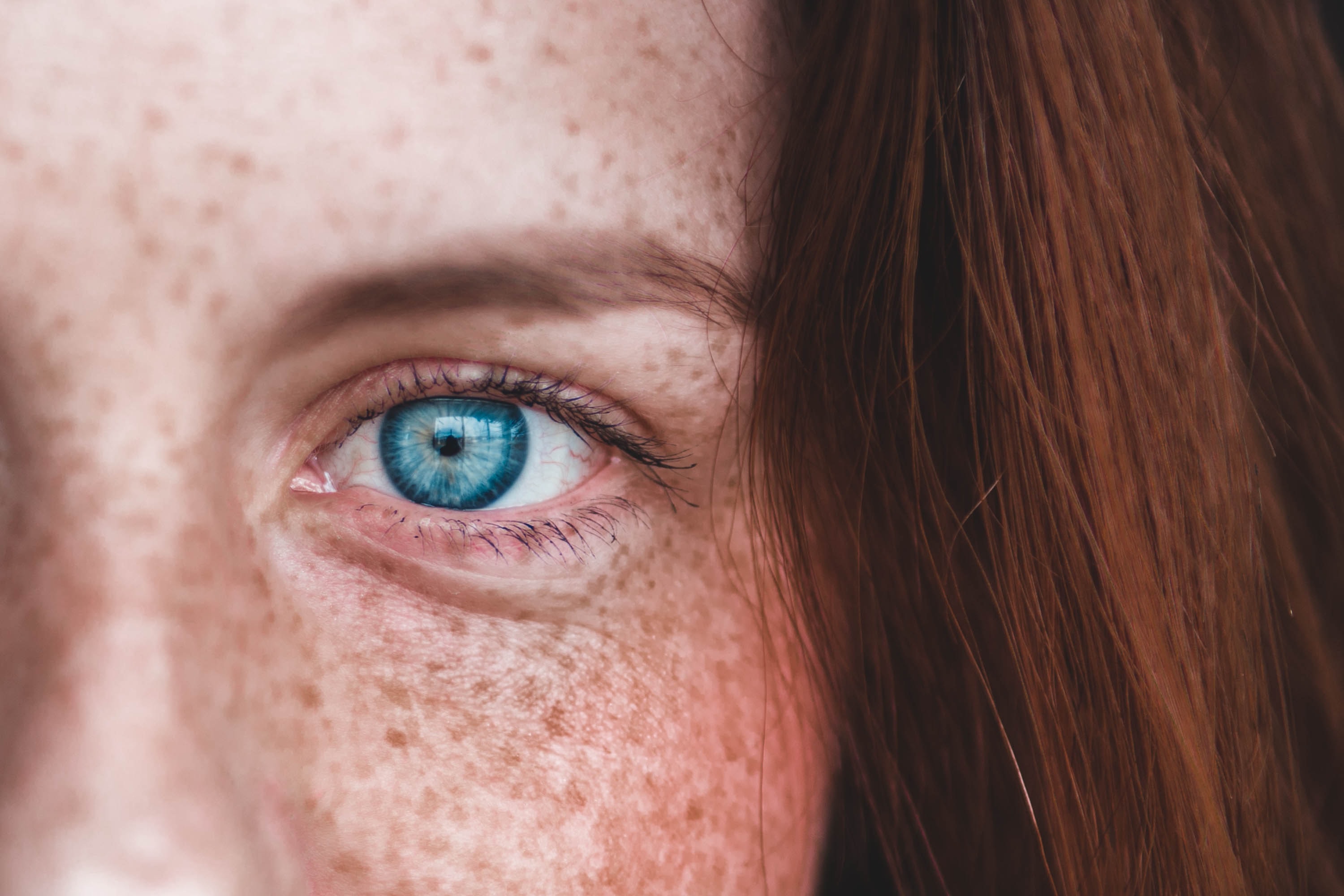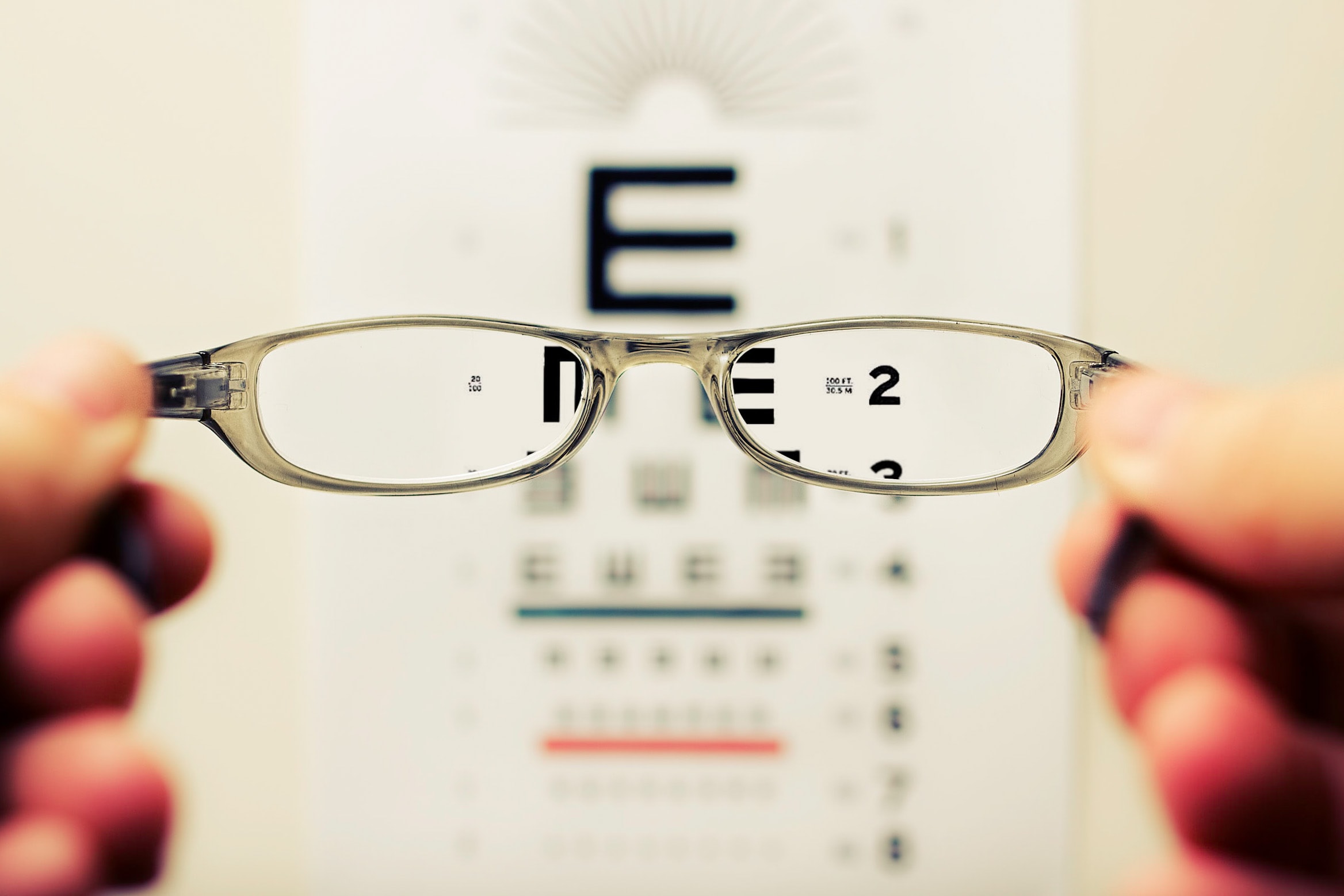For assistance call us on: 0121 711 2020 Email us
Fact or fiction? 10 misconceptions about glaucoma

People are becoming increasingly aware of the group of eye diseases known as glaucoma, which is one of the leading causes of blindness in the UK. Despite the condition becoming increasingly discussed, there are still a lot of myths and misconceptions about this eye disease.
Leading eye expert Mr Thomas Ressiniotis sets out the facts to dispel the most common myths about glaucoma.
First, let’s clarify what glaucoma is. Glaucoma is a group of eye diseases which causes damage to the optic nerve, resulting in visual field loss and, in severe cases blindness.
1. “Glaucoma is always caused by high pressure in the eye”
The most common myth relating to glaucoma is the idea that it’s always to do with high pressure eye in the eye. This isn’t true. Although high eye pressure is the strongest risk factor, there are also people with low pressure who develop glaucoma. There are different types of glaucoma, with the most common being “open angle glaucoma”, where the drainage angle formed by the cornea and iris remains open, but the trabecular meshwork is partially blocked. This causes pressure in the eye to gradually increase
2. “I have no symptoms so I don’t need to worry”
In most cases, glaucoma does not cause any symptoms – it is called the “silent thief of vision”. Frequent checks by an optometrist are important to detect early signs of it as it can result in irreversible blindness if not picked up and treated early. Most people with glaucoma use eye drops for many years or for life.
3. “I don’t feel any benefit when I use my drops, so why should I continue using them?”
You may not feel the benefits of using drops but your eyes do. Drops are used to reduce the eye pressure and prevent blindness from glaucoma – they should not interfere or improve the vision. If you have any issues or concerns about your drops, speak to an eye doctor – don’t stop applying the drops without speaking to an expert first.
4. “I don’t have anyone in my family with glaucoma, so I should be fine”
Although relatives of patients with glaucoma are at higher risk of developing glaucoma, you can get it even if no one else in your family has it. You’re at even greater risk the older you get, and if you’re from an ethnic minority background, so it’s important not to be complacent.
5. “Can I have cataract surgery if I had glaucoma surgery?”
The most common glaucoma surgery is called trabeculectomy, a surgical procedure to relieve pressure in the eye. Cataracts are more likely to develop after this operation, and can be treated successfully by a specialist glaucoma surgeon. Close follow-up is very important to ensure the glaucoma surgery remains functional.
6. “Glaucoma can only affect the elderly”
This isn’t true either. Glaucoma is more common in people over 50 – that much is true – but it can affect people of any age, even in newborn babies! This horrible disease does not discriminate.
7. “I have to apply eye drops for life”
Actually, no. New technologies, such as the SLT Laser, can be very effective at treating glaucoma, especially in its early stages. So drops may not be required at all.
8. “I’ve got high blood pressure – this means I have high eye pressure too”
There is no proven direct link between high blood pressure (BP) and high eye pressure, but it is recommended to keep your BP to a normal range, as low or high eye pressure can have a negative effect on the eyes.
9. “I’m worried about having an eye test for glaucoma because I’ve heard they are painful”
The diagnostic tests for glaucoma are painless and totally harmless. The eyes are numbed with drops beforehand so you’ll feel no pain at all.
10. “Glaucoma is always asymptomatic”
Not in every case. If the eye pressure is very high, patients can suffer with intense eye pain, blurred vision, or red eye, but they may also have nausea, headache and sickness. If you experience any of these symptoms, seek urgent medical advice to prevent permanent damage to vision.



